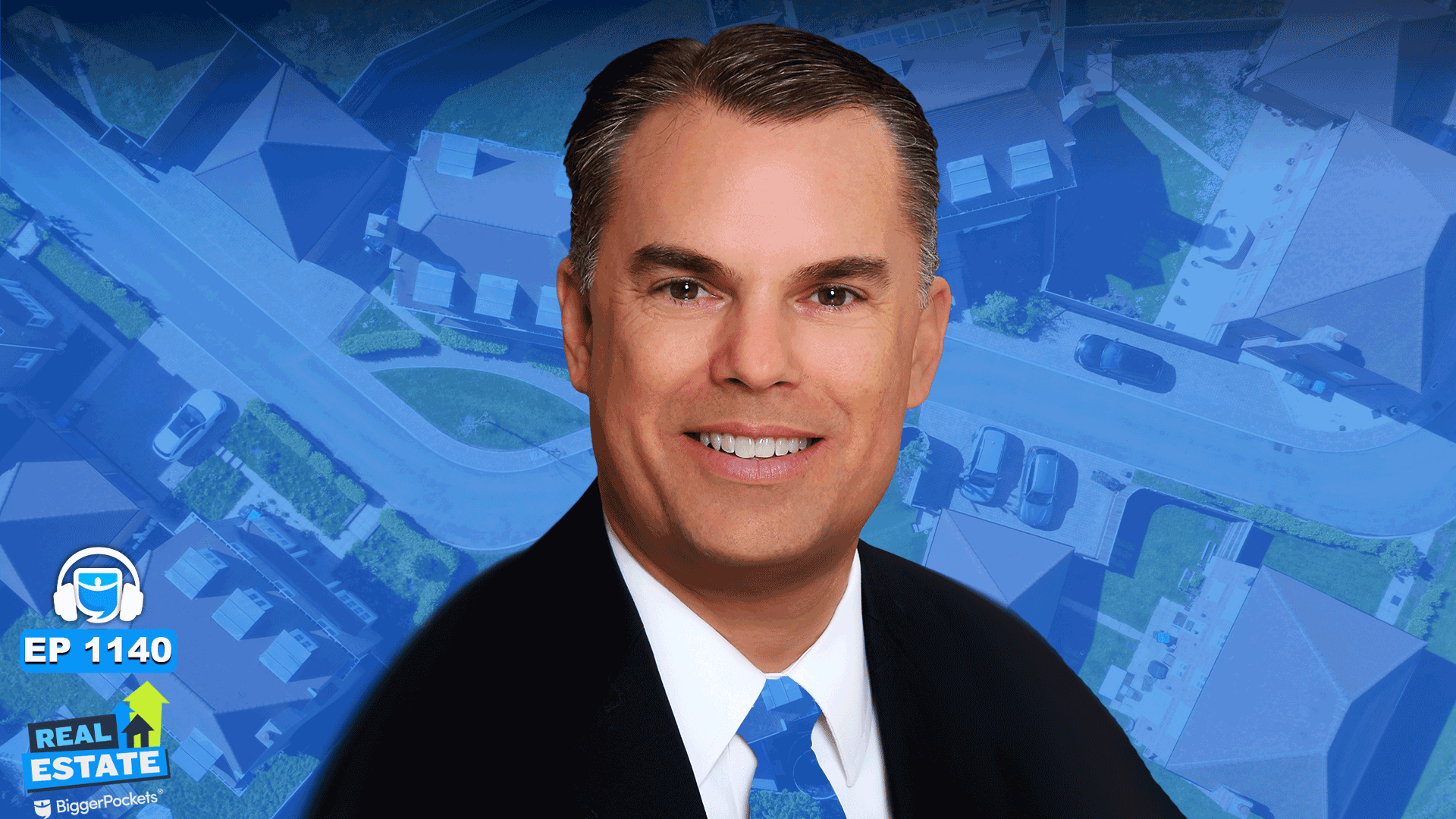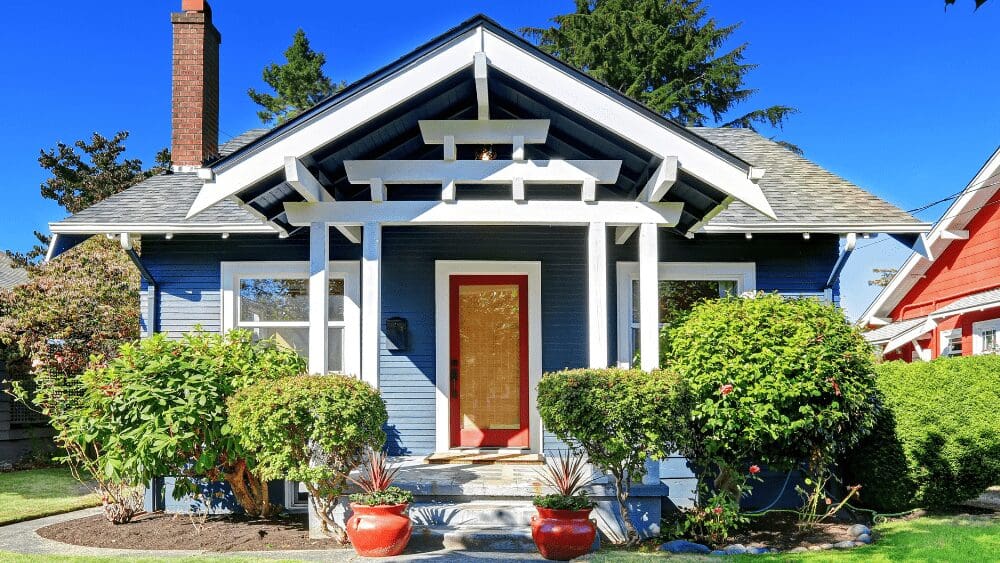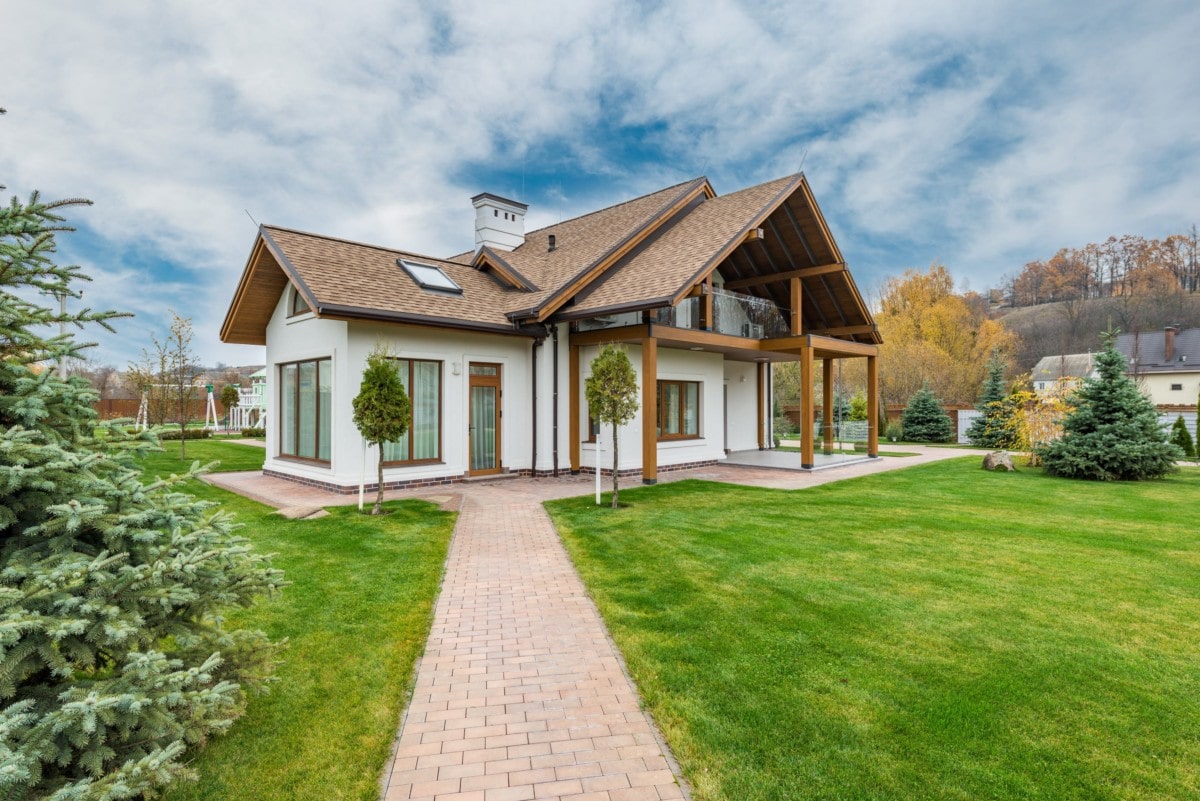Home prices in about 300 Queensland house or unit markets have more than doubled over the past five years, with new analysis showing the Covid boom’s enduring impact across the state.
The pandemic’s shot-in-the-arm effect on the real estate market was most pronounced in the regions, led by Monto in Wide Bay where house prices were up a staggering 260 per cent since 2020.
PropTrack’s Market Trends report shows the Logan-Beaudesert and Ipswich regions were other ‘Long Covid’ winners. A typical unit in North Booval is still relatively affordable at $495,000 – but has tripled in value in half a decade.
A
14 Reading St, Logan Central sold for $750,000
house in Logan Central now costs $681,500, up 140 per cent over the same period, according to the data.
Central Queensland areas including Gladstone also notched near-triple gains, along with hotspots on the Sunshine Coast, Gold Coast and Cairns where prices were up more than 135 per cent.
Closer to the city, Brisbane’s big boom winners included Moggill in the western suburbs, where house prices more than doubled to sit at $1.22m, and Red Hill, up 116 per cent to $1.875m.
PropTrack economist Angus Moore said low interest rates during the pandemic drove rapid house price growth around the country.
11 Hamptons Place, Montville sold for $1.345m
“Queensland has also benefited from strong interstate migration, as well as relative affordability coming into the pandemic. However, the latter driver is much less true today given how rapidly home prices have grown since 2020,” Mr Moore said.
The “unusually strong growth” of recent years — 2021 was the third-fastest year for price growth nationally in 150 years — was “not going to be repeated soon”.
“The big factor for home prices over the rest of this year and into next is what happens to interest rates. Housing affordability is at very stretched levels, but falling mortgage rates will start to reduce mortgage and boost borrowing capacities, which will support home prices.
“But how much further and how fast the RBA decide to cut is uncertain, given how rapidly the global outlook is changing,” Mr Moore said.
PropTrack economist Angus Moore
Ipswich agent Jordan Strudwick, of STRUD Property, said homeowners could expect an uplift of 15 to 20 per cent by the end of 2026.
“With the Olympic Games coming to Queensland, we’re entering a once-in-a-generation window of opportunity.
“Infrastructure, population, and investment are set to surge and that means real estate in SEQ is set for massive growth,” Mr Strudwick said.
Real Estate Institute of Queensland (REIQ) CEO Antonia Mercorella said the state’s strong post-pandemic performance was driven by “lifestyle preferences, affordability pressures, and the appeal of Queensland’s decentralised population centres”.
REIQ CEO Antonia Mercorella at a housing shortage round table discussion in Brisbane. Picture: NCA NewsWire / Glenn Campbell
“The appeal of Queensland is not just limited to our capital city, with more and more people looking to experience life beyond the big smoke,” Ms Mercorella said.
“The fact your dollar goes further in Queensland, particularly in the regions, is a key driver but it’s not the only one. There’s more space, less traffic, more sunshine, and a better work-life balance and people are seeking that out.”
Latest Australian Bureau of Statistics (ABS) population data shows Queensland gained 29,900 people in the 12 months to December 2024, including 18,000 from NSW.
In the final quarter of 2024 alone, regional Queensland welcomed 4,317 new residents from interstate, the strongest result in a year, while Brisbane recorded 3,285.
50 Hollindale Rd, Guanaba sold for $2.1m
MORE NEWS
Dirt poor: Land costs soar to $700,000 in Olympic city
TV bombshell: Portelli declares war on Scotty Cam
The best new architecture in Qld
Buyers agent Simon Pressley, of Propertyology, said Queensland’s coastal regions had emerged among “the most hotly contested real estate in Australia”, boosted by the pandemic’s influx of interstate migrants as people moved away from high-density capital cities.
Mr Pressley took an even longer view, examining property price growth over 10 years in areas that also hosted the fastest growing populations.
“There were 53 separate regional cities across the country which produced a capital growth rate that was equal to or better than Australia’s best-performed capital city over the last decade,” he said.
Propertyology founder Simon Pressley
The luxury holiday hotspot of Noosa was the 10-year winner for growth with a 156 per cent spike in house prices, compared to 96 per cent for Hobart, which topped capital cities.
“The two fastest growing regions in the country, Sunshine Coast and Gold Coast, were also hot property,” Mr Pressley said, adding home values in those Queensland centres were up 114 and 118 per cent respectively in the 10 years ending 2024.
PropTrack’s data shows median home prices across Greater Brisbane tipped $1m for the first time last month, reflecting the wider backdrop of sustained growth across the state underscoring a crisis of affordability as supply failed to keep pace with demand.
On the flipside, only a handful of suburbs recorded price falls since 2020.
The report shows units in Brassall, Ipswich, were now selling for 30 per cent less, at $156,550. Another five suburbs recorded negative growth — all were in the outback with the exception of Rockhampton City units (-18 per cent).



















 English (US) ·
English (US) ·